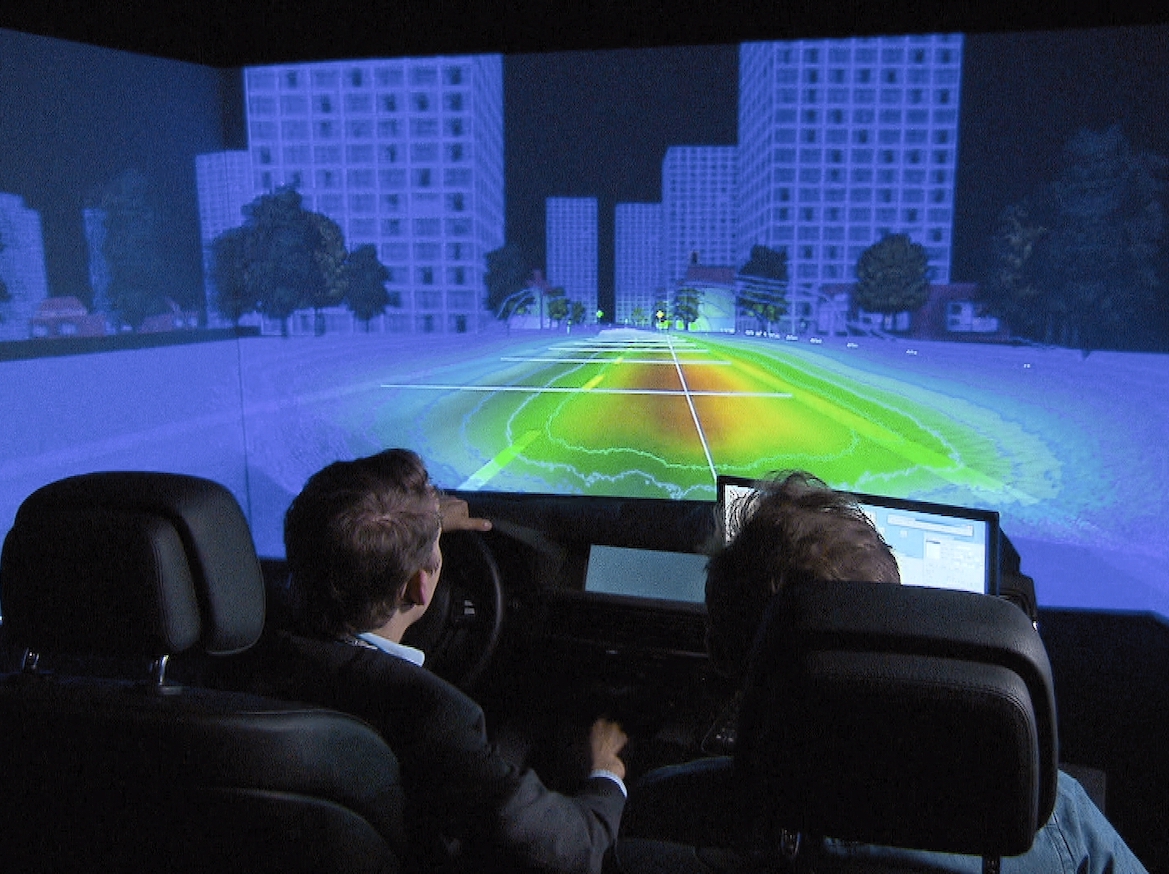SCIENCES OF THE 21ST CENTURY – THE LIGHT FANTASTIC

Modern lighting technology not only reduces energy consumption but adjusts colour and brightness and stabilises biorhythms. Find out more about the latest developments and the future of lighting technology.
Lighting turns night into day, but not for free. Globally, lights consume almost one fifth of all electrical energy produced. New street lights based on LED technology aim to halve the power consumed by public lighting. LEDs are not more economical than traditional gas-discharge lamps, but they can illuminate streets more precisely and distribute less light into the atmosphere and areas off the street. So with 50% less output they still fulfil the standards for street lighting. This is why LED lights are already available in all current lighting systems – from sleek street lights to designer Italian lamps. But new lights should do more than just save energy. Light influences our sense of wellbeing and controls our biorhythms, so lighting systems should also adapt the colour and brightness of the light to the time of day. Scientists are testing new lighting systems that adapt to ambient conditions. It is hoped that in future, students will learn more effectively, office employees will be able to concentrate better and travellers will suffer less from jet lag. New laser lights can also make traffic safer. Headlights have been developed to convert blue laser light into white light and thus shine twice as brightly and twice as far.